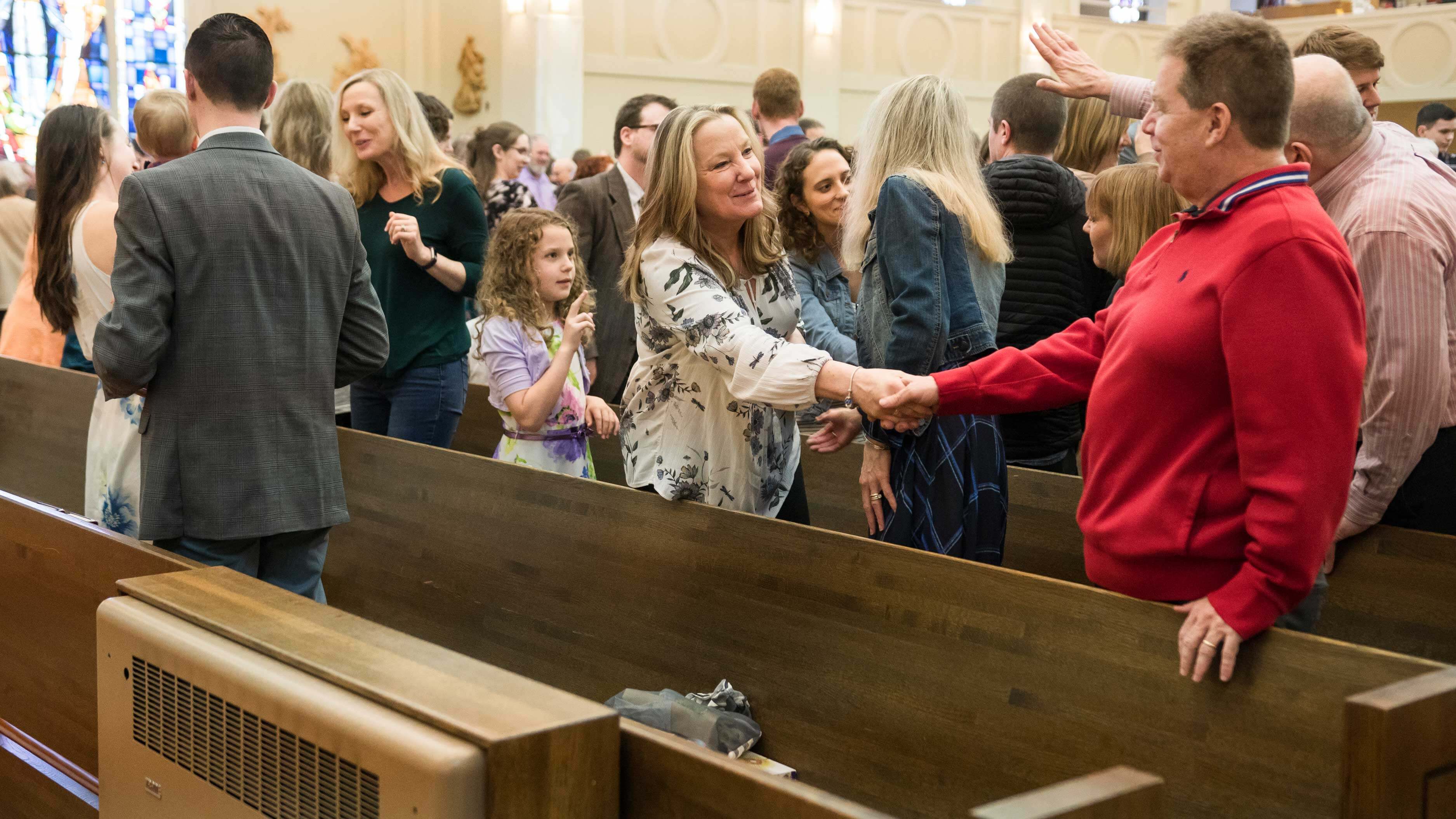
The Diocese of Milwaukee was established in 1843 and Immaculate Conception was founded under the leadership of Bishop John Martin Henni, the first bishop of the diocese. In the years 1868-69, the Milwaukee Iron Company erected a blast furnace puddle mill and rail mill in Bay View, which attracted many industrial workers. Many of these workers were Irish immigrants who settled on the south shore of Lake Michigan between Jones Island and St. Francis Seminary. In The Immigrant Church, Fr. Steven Avella noted, “Each ethnic group of Catholics that entered the diocese demanded and received their own worship where the Gospel could be preached in their native tongue, their distinctive devotion and piety could be celebrated in art and prayer, and their confessions could be heard by priests who understood their struggles.”
In response to these needs, Bishop Henni designated a young Irish professor from St. Francis Seminary, Fr. Thomas Fagan, to establish a parish on three lots on Russell Avenue. The Milwaukee Iron Company was persuaded to donate these lots for the site of the new Catholic Church in Bay View, which was dedicated by the Very Rev. Martin Kundig in honor of the Immaculate Conception on Nov. 19, 1871. The following year, the Rev. P.F. Pettit became the first resident pastor and presided over the building of the rectory.
As the congregation began to grow, the need for a school was addressed in 1885 and the building, consisting of two rooms and an enrollment of about 90 students, was completed in the summer of 1886. The cornerstone for a new church was laid Sept. 22, 1907, and it was dedicated by Archbishop Sebastian Messmer the following August. The rectory was completed about the same time.

By the mid-1950s, more space was needed in the church and to accomplish the expansion, the interior of the church was turned around, placing the main entrance on South Kinnickinnic Avenue. In 1959, the church renovation was completed and dedicated, and in the late 1960s, the position of the altar was changed so the priest would face the people. In 1990, the 125th Jubilee Committee launched a campaign to restore the bell tower, refurbish the pipe organ and establish an endowment in anticipation of future needs.

